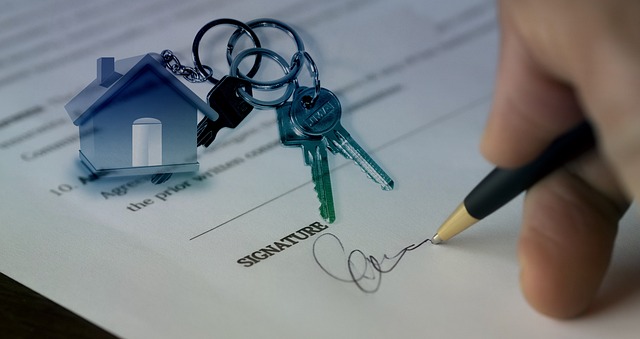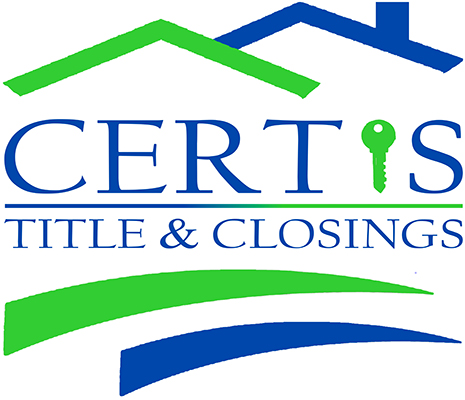
The Allure of Homeownership: Why You Should Understand Loan Origination
Homeownership is often seen as the American Dream, a symbol of stability, success, and personal investment. Yet, for many, the path to owning a home is fraught with complexities that can seem daunting. One of the most critical steps in this journey is loan origination—a process that can determine the financial foundation of your future home. Understanding this phase can empower you and make your transition into homeownership smoother.
Decoding Loan Origination: What Is It Really?
Loan origination is the process through which a lender provides a borrower with a loan, specifically for purchasing a home. This phase involves several steps, including the initial application, underwriting, and the final approval of the loan. Think of it as the first chapter of your homeownership story, setting the stage for everything that follows.
The Application Process: Your First Step into Homeownership
Beginning your loan origination journey starts with the application process. It’s like preparing for a significant exam; you need to gather all the necessary documents and information to put your best foot forward. Lenders typically require a variety of documents, including:
1. Proof of income (pay stubs, tax returns)
2. Credit history (credit score and report)
3. Employment verification
4. Personal identification (driver’s license, social security number)
5. Bank statements
Providing accurate and comprehensive information can make a significant difference in your loan application outcome. A complete application helps lenders assess your financial stability and willingness to repay the loan.
The Role of Interest Rates: The Pulse of Your Loan
Interest rates can feel like the unpredictable weather—sometimes sunny, sometimes stormy. They play a crucial role in determining how much you will ultimately pay for your home. Rates fluctuate based on various economic factors, including inflation, the Federal Reserve’s monetary policy, and the overall health of the economy. Before locking in your rate, it’s essential to consider:
1. Fixed vs. Adjustable Rates: Fixed rates offer stability; adjustable rates can change over time, often starting lower but leading to uncertainty later.
2. Timing: Interest rates can change daily. Keeping an eye on trends can help you decide the best time to secure your loan.
3. Your Credit Score: A higher credit score can help you negotiate a lower rate, ultimately saving you thousands over the life of the loan.
Homeowners Insurance: Protecting Your Investment
Once you’ve navigated the intricacies of loan origination, another critical component comes into play—homeowners insurance. This type of insurance is not merely a suggestion; lenders often require it as a condition of the loan approval process. Homeowners insurance protects you against unforeseen events such as natural disasters, theft, and liability claims. When choosing a policy, consider:
1. Coverage Amount: Ensure you have enough coverage to rebuild your home and replace your belongings in case of destruction.
2. Deductibles: Understand how much you will pay out-of-pocket before your insurance kicks in. Higher deductibles can lower your premium but may increase your financial burden in the event of a claim.
3. Additional Coverage: Depending on your location, you might need additional policies (like flood insurance) to protect against specific risks.
The Underwriting Process: The Gatekeeper of Your Loan
After your application is submitted and your insurance is in place, the underwriting process begins. This stage is akin to a rigorous vetting process, where the lender evaluates your financial history and your ability to repay the loan. Underwriters analyze your:
1. Creditworthiness: Your credit score, history of payments, and outstanding debts are scrutinized.
2. Income Stability: Underwriters will assess your income sources, employment history, and overall financial health.
3. Property Appraisal: An evaluation of the property’s market value ensures that the loan amount aligns with the home’s worth.
Closing the Deal: The Final Step
Once underwriting has approved your application, you’ll move on to the closing process. This final step is where all your hard work pays off. During closing, you’ll review and sign a multitude of documents, including:
1. The Loan Agreement: Details the terms of your mortgage, including the interest rate, repayment schedule, and any fees.
2. Title Documents: Ensure that the property is free from liens and that the title is clear.
3. Disclosures: Review any required disclosures regarding the property and the loan.
Once everything is signed, and the funds are transferred, you’ll receive the keys to your new home, marking the end of one journey and the beginning of another.
What Comes Next?
After closing, the responsibility of homeownership begins. You’ll need to manage your mortgage payments, maintain your property, and keep an eye on your homeowners insurance. It’s essential to continue educating yourself about your financial obligations and the local housing market to make informed decisions that will benefit you in the long run.
Final Thoughts: Empower Yourself on Your Homeownership Journey
Understanding the intricacies of loan origination, interest rates, homeowners insurance, and the underwriting process can transform what seems like a daunting task into an exciting journey. Knowledge is power, and the more you know about each step, the more empowered you’ll feel as you take the plunge into homeownership. If you have any questions or need assistance with your home financing journey, don’t hesitate to reach out to us at [Your Title Company Name]. Our team is here to help you navigate the complexities of the real estate world and ensure your path to homeownership is as smooth as possible. Contact us today to get started!
